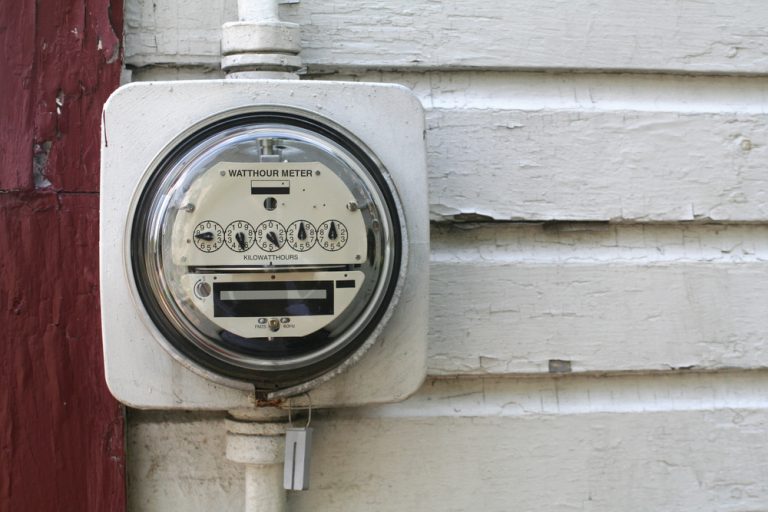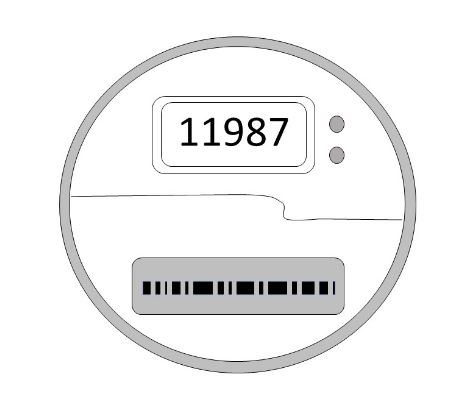How to Read An Electric Meter

Have you looked at the spinning dials on that round glass box attached to your house and wondered what they were? That handy device is an electric meter. It is located outside of your home or business and is responsible for measuring the energy consumed. This value is used by service providers to determine the amount to be billed at the conclusion of the month. The output of your electric meter will appear in kilowatt-hours, which is multiplied by the rate your energy company is charging you to determine the total cost of your bill.
Learning how to calculate your household’s monthly energy usage allows you to compare your figures with what the electric company is charging you. Note that your monthly electricity bill is often based on company-specific calculations and is subject to rounding, while your electric meter notes the exact amount of energy you have used. As a result, you’ll be able to work with the actual figures to determine what your bill should be. By staying on top of your readings each month, you can aim to avoid being overcharged for your electricity service and thus save on your monthly expenses. It is also useful to monitor, record and compare the amount of energy you use from month to month, season to season, or from the current year to previous years.
How to Read An Electric Meter at Home
The types of electric meters are determined according to their method of display (analog or digital), type of metering point (primary and local distribution, grid, and secondary transmission), and how they are used in concert with payment (prepayment meters). They are read in different ways, so the first step to reading your own is determining what kind it is. Of the varieties, the easiest to read is the digital electric meter, while the dial-based meters require the most amount of work. Learn how to take readings from the different types of electric meters using the step by step instructions below. Note that many electricity companies will not make adjustments to the number called out on the meter, so you must keep track of the updates over time as you continue to read your meter.
Analog
The typical electric meter is a round box made of glass and metal that is usually attached to the outside of your house. The meter is enclosed in a clear container and has four or five dials inside it. Each dial is numbered 0–9 and they record the amount of kilowatts of power being used. To read the dials each month you will need to:
- Record the numbers you see from left to right. If the pointer on the dial is between two numbers, record the lower number except for when the ticker is between 0 and 9. In that case, always record 9.
- Subtract the number from the figure you found the last time you checked the meter. This will be the number of kilowatt-hours you’ve used.
- Take the number of kilowatt-hours calculated and multiply it by your energy company’s rate to see how much you will have to pay for your bill.

Digital
With a digital electric meter, the amount of energy consumed is calculated electronically and displayed on the meter, so no decoding of dials is required. You simply consult your meter when it is time to determine how much energy you consumed. Sometimes newer models can allow energy providers to receive the reading without you having to consult the physical device. Still, you may be able to request the ability to maintain your traditional meter. In that case, you can read your meter easily enough:
- Examine the digital display for the string of numbers listed, which will indicate the amount of kilowatt-hours you have used.
- Subtract the number displayed on your meter from the number you recorded during your last check, which will give you the number of kilowatt-hours used in that time span.
- Multiply that figure by the the rate you are charged each month to determine how much you will be billed.

Prepayment Electric Meters
With a prepayment meter (which is often digital), you are required to pay for service before you are can receive it. With prepaid electricity, individuals consume energy until they have used up the amount that corresponds to their initial payment. From there another deposit will have to be put down, lending this plan to the name “pay as you go electricity.” To note, you must keep your meter from hitting zero or you risk having your power shut off. Decipher these readings in a few easy steps:
- Find the (likely blue) button responsible for switching the meter’s display from how much service is left to be used to the actual usage.
- Once the display changes, note the number of kilowatt hours and multiply that by your rate to determine how much of your payment you have already consumed in dollars.
Economy 7 and Economy 10 Meters
Some electricity plans are aimed at helping households pay less by adjusting the price at different hours of the day. This is the case for Economy 7 and Economy 10 meters which are able to decrease the expense in the evening. The difference between the two is that the Economy 7 offers seven hours of reduced cost in the evenings while Economy 10 offers ten. This type of meter is best for individuals who engage in the most energy usage in the evenings and require a special type of meter. Usually Economy 7 meters are digital display, so you’ll likely be able to get your reading from them easily, but you’ll need your day and night usage.
- If your meter has a button that allows you to toggle through your time of day use, note the daytime use and nighttime use. You may have three numbers in the toggle sequence and the third will represent the total usage.
- Multiply the amount you’ve used by the rate you incur for the use.
Picking The Right Electric Meter For Your Home
For those trying to determine which electric meter is right for them, there are several things to take into consideration. Those factors include your level of usage, previous experience with paying for electricity, and living needs. In the event you have a family, not having to think about constant payments will likely be preferred lending to the purchase of a non-prepayment meter. However, if you are trying to cut back on the amount you pay for electricity each month, considering a prepayment meter or Economy 7 meter may be in your best interest. This is also the case should you have a spotty payment history, as some energy companies may not be willing to provide you with standard service. At the end of the day, keeping track of monthly energy usage in your home is not as difficult as you might have feared!
What our customers are saying
See why our power customers say we're the best electricity provider in Texas!
I was worried about getting electricity for my home through a prepaid company. I was calling around to see different rates then going through all the hassle of credit checks while dropping points each…
I have been with this company for several years and have been very happy since. Even when I moved, they made my usually stressful situation very easy and carefree. I recommend them to everyone that I…
I have enjoyed the service for 2 years now. In the beginning this service was planned to be temporary but with the service being so effective for me i decided to keep it for the long haul. I’m a happy customer.




